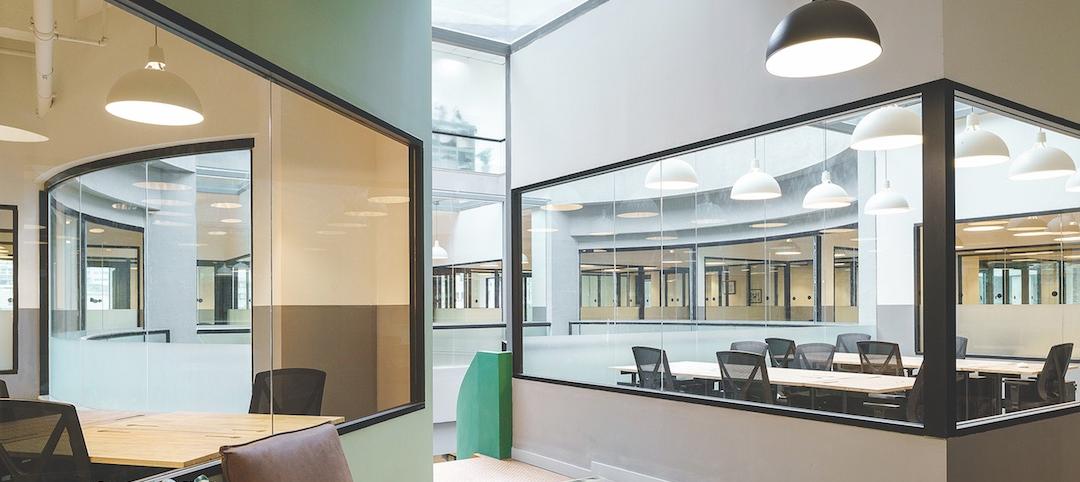Over the next decade, revenue from wireless sensor sales worldwide for installation and use in commercial structures is expected to increase at a compound annual rate of 16.5%, a projection that reflects the expanding demand for products that provide intelligent building solutions via the Internet of Things.
A new report from the market research firm Navigant, entitled “Wireless Sensors for Commercial Buildings,” estimates that global sensor sales will reach $188.2 million this year, and increase to $745.2 million by 2025.
“Sensors capture, communicate, and may even analyze energy and operational data,” the report states. “The resulting useful information will direct fundamental changes in operations that lead to energy efficiency improvements with substantial cost savings.”
Asia-Pacific and European markets are expected to experience the highest demand growth, whereas demand in North America will increase more modestly.
Despite the fact that last year’s Internet of Things World Forum was held in Dubai, the Middle East in general, along with Africa and Latin America, are not seen by Navigant as markets where there will be a high penetration of wireless sensors in the foreseeable future.
Related Stories
Virtual Reality | May 8, 2018
‘Bespoke’ VR apps give Woods Bagot an edge in presenting design ideas
The architectural firm is finding that some clients respond quicker to proposals as a result.
Architects | Apr 16, 2018
Is the AEC industry ready to shake off its retrograde image?
Technology has been and always will be perceived as a source for wonder and worry.
Building Technology | Apr 10, 2018
A jobsite dashboard is helping Clark Construction take the drudgery out of managing punch lists
Turnover Vision is the latest example of Clark digitizing its construction management process.
Contractors | Apr 9, 2018
Tech Report 5.0: Smart(er) Jobsites
Real-time construction analysis, just-in-time materials delivery, digital production planning systems—these are just a few of the novel approaches construction firms are implementing to take control of their jobsites.
Building Technology | Apr 9, 2018
Autodesk opens its Forge platform, encouraging more suppliers to build onto it
The goal is to further streamline the construction process, from design to commissioning.
Architects | Apr 5, 2018
Tech Report 5.0: The Human Touch
Can studying humans at a behavioral level produce better buildings? Cognitive architecture experts are working to find out.
Building Technology | Apr 4, 2018
Tech Report 5.0: Digital Immersion
Indoor digital media changes the identities of buildings by stimulating occupant interaction.
Building Technology | Apr 3, 2018
Tech Report 5.0: AI Arrives
From construction scheduling to risk management, AEC firms see promise in budding artificial intelligence platforms geared for commercial building projects.
Building Technology | Mar 1, 2018
Small construction businesses will continue to lag other sectors in tech spending this year
A survey of 800 companies found tepid interest overall in investing in “big data.”
Hotel Facilities | Feb 13, 2018
6 trends shaping smart hotels
From real-time guest feedback to AI-driven hyper-personalization, the hotel of the future will emphasize service, convenience, authenticity, and just the right amount of technology.
















